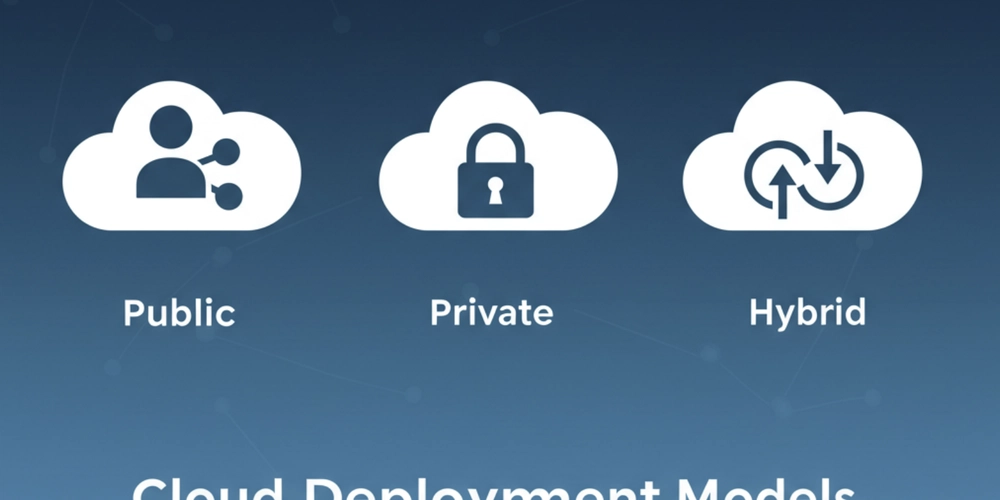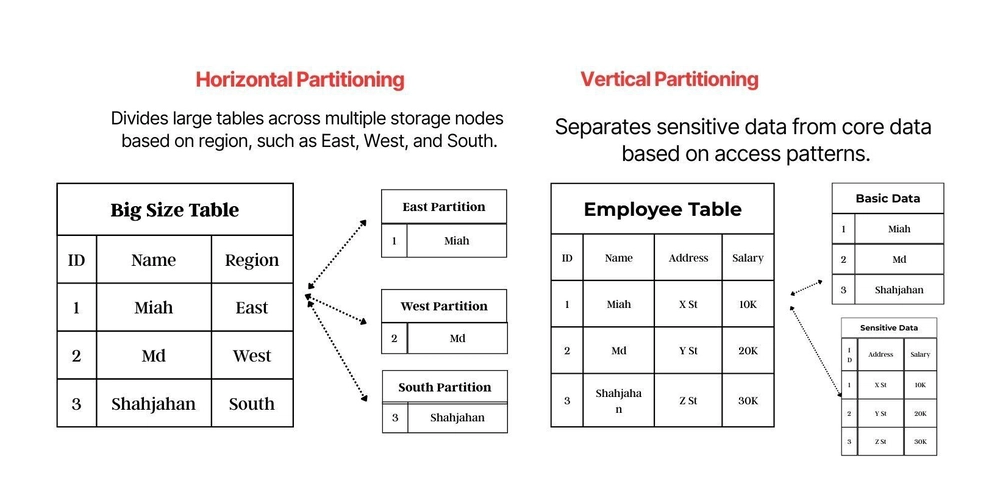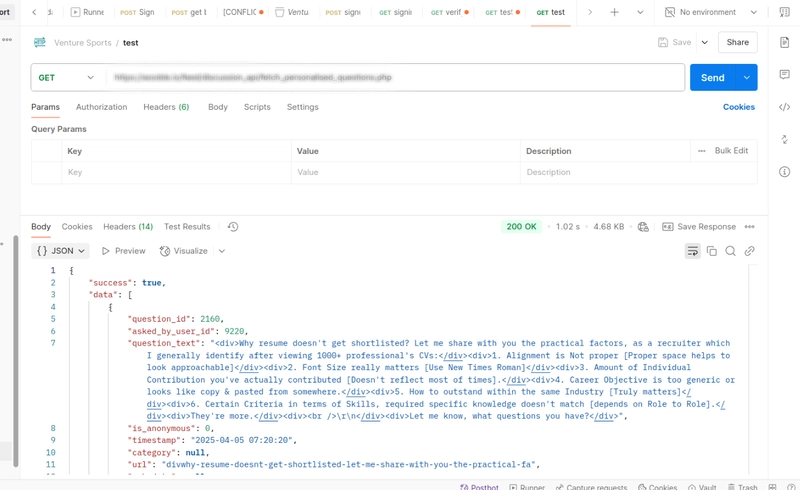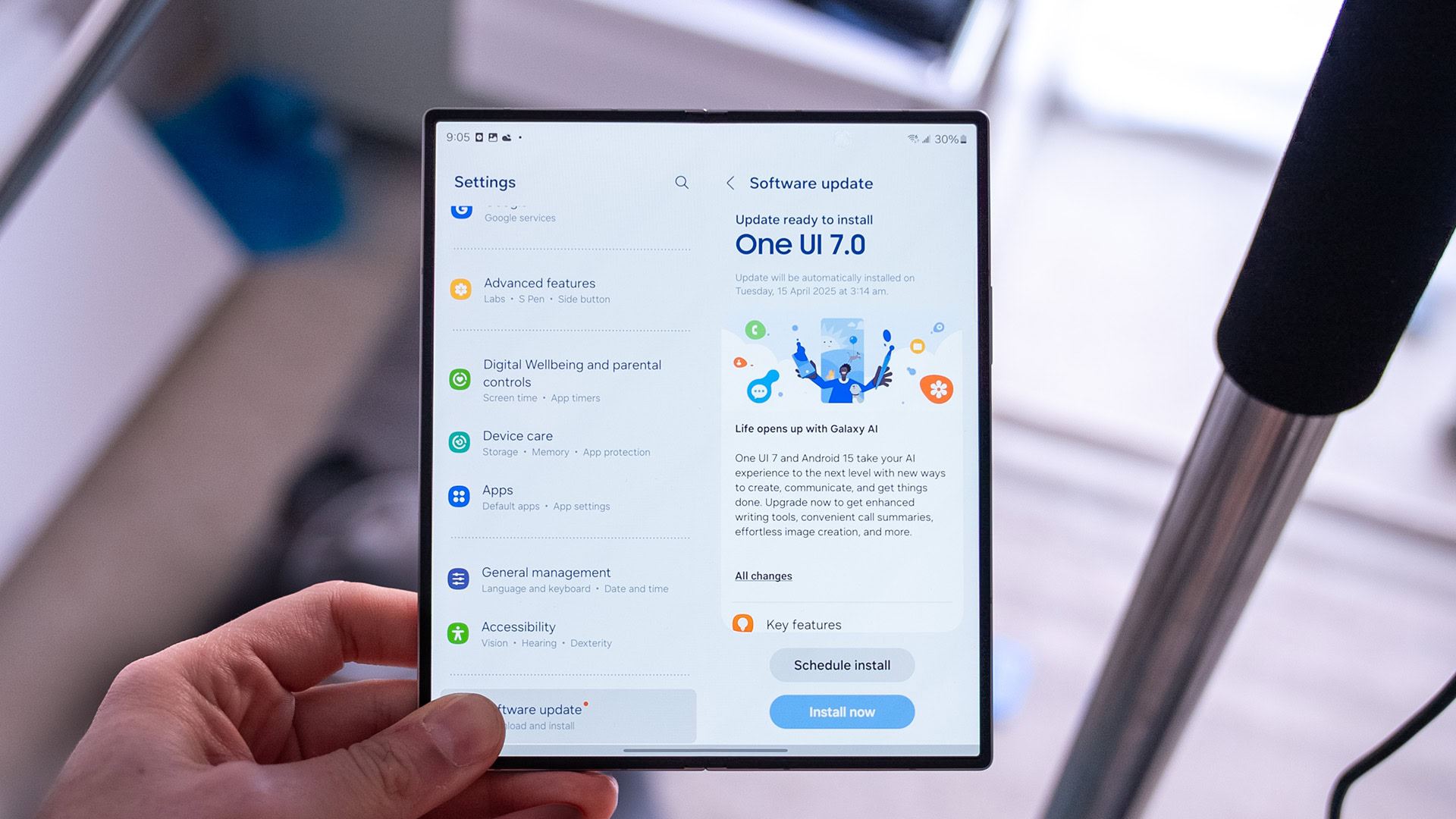Different cloud deployment models (Public, Private, Hybrid) and their use cases.
CLOUD DEPLOYMENT MODELS: Public, Private, and Hybrid. Cloud computing has improved the way businesses operate, offering scalable, flexible, and cost-effective IT solutions. A fundamental aspect of cloud computing is the deployment model, which determines how cloud resources are provisioned and managed. There are three primary models: Public, Private, and Hybrid. DEPLOYMENT MODELS 1, PUBLIC CLOUD. A public cloud is a cloud infrastructure that is shared by multiple organizations. It is owned and operated by a third-party cloud service provider (CSP), such as Amazon Web Services (AWS), Microsoft Azure, or Google Cloud Platform. Public clouds offer a pay-as-you-go pricing model, making them attractive for businesses of all sizes. Use Cases: i, Cost-Effective Entry: Startups and small businesses can leverage public clouds without significant upfront investments in hardware. ii, Scalability and Elasticity: Large enterprises can rapidly scale applications to handle peak workloads and fluctuating demands. iii, Innovation and Development: Developers gain access to a wide range of tools and services for building and deploying applications quickly. iv, Disaster Recovery: Public clouds can provide cost-effective and geographically diverse solutions for business continuity. 2, PRIVATE CLOUD: A private cloud is a cloud infrastructure that is dedicated to a single organization. It can be hosted on-premises, in a dedicated data center, or by a third-party provider. Private clouds offer greater control and security for sensitive workloads. Use Cases: i, Strict Compliance Requirements: Highly regulated industries like healthcare and finance can meet stringent data governance and security standards. ii, Sensitive Data and Control: Organizations with critical intellectual property or unique security needs maintain direct control over their infrastructure. iii, Customized Performance: Businesses with specific performance or latency requirements can tailor their private cloud environment. iv, Integration with Legacy Systems: Private clouds can provide a more seamless integration with existing on-premises infrastructure. HYBRID CLOUD A hybrid cloud combines elements of public and private clouds, allowing organizations to leverage the benefits of both. This model enables organizations to optimize their IT infrastructure by placing specific workloads in the most suitable environment. USE CASES: i, Workload Optimization: Organizations can place performance-intensive or less sensitive workloads in the public cloud and retain sensitive data or critical applications in a private cloud. ii, Bursting and Peak Demand: Public cloud resources can be utilized to handle temporary spikes in demand, such as seasonal traffic, without over-provisioning private cloud resources. iii, Gradual Cloud Migration: Organizations can incrementally move applications and data to the cloud while maintaining some on-premises infrastructure. iv, Disaster Recovery: Utilizing public cloud for backup and recovery while maintaining primary systems on a private cloud offers a flexible and cost-effective DR strategy. CHOOSING THE RIGHT DEPLOYMENT MODEL. The best deployment model for an organization depends on various factors, including: 1, Security requirements: If data security is a top priority, a private or hybrid cloud may be more suitable. 2, Compliance requirements: Certain industries or regulations may mandate specific deployment models. 3, Scalability needs: Public clouds offer excellent scalability, while private clouds may require more upfront planning. 4, Budget: Public clouds can be more cost-effective in the long run, but private clouds may have lower upfront costs. 5, Technical expertise: Organizations with limited IT resources may find public clouds easier to manage.

CLOUD DEPLOYMENT MODELS: Public, Private, and Hybrid.
Cloud computing has improved the way businesses operate, offering scalable, flexible, and cost-effective IT solutions.
A fundamental aspect of cloud computing is the deployment model, which determines how cloud resources are provisioned and managed.
There are three primary models: Public, Private, and Hybrid.
DEPLOYMENT MODELS
1, PUBLIC CLOUD.
A public cloud is a cloud infrastructure that is shared by multiple organizations.
It is owned and operated by a third-party cloud service provider (CSP), such as Amazon Web Services (AWS), Microsoft Azure, or Google Cloud Platform.
Public clouds offer a pay-as-you-go pricing model, making them attractive for businesses of all sizes.
Use Cases:
i, Cost-Effective Entry: Startups and small businesses can leverage public clouds without significant upfront investments in hardware.
ii, Scalability and Elasticity: Large enterprises can rapidly scale applications to handle peak workloads and fluctuating demands.
iii, Innovation and Development: Developers gain access to a wide range of tools and services for building and deploying applications quickly.
iv, Disaster Recovery: Public clouds can provide cost-effective and geographically diverse solutions for business continuity.
2, PRIVATE CLOUD: A private cloud is a cloud infrastructure that is dedicated to a single organization. It can be hosted on-premises, in a dedicated data center, or by a third-party provider. Private clouds offer greater control and security for sensitive workloads.
Use Cases:
i, Strict Compliance Requirements: Highly regulated industries like healthcare and finance can meet stringent data governance and security standards.
ii, Sensitive Data and Control: Organizations with critical intellectual property or unique security needs maintain direct control over their infrastructure.
iii, Customized Performance: Businesses with specific performance or latency requirements can tailor their private cloud environment.
iv, Integration with Legacy Systems: Private clouds can provide a more seamless integration with existing on-premises infrastructure.
HYBRID CLOUD
A hybrid cloud combines elements of public and private clouds, allowing organizations to leverage the benefits of both.
This model enables organizations to optimize their IT infrastructure by placing specific workloads in the most suitable environment.
USE CASES:
i, Workload Optimization: Organizations can place performance-intensive or less sensitive workloads in the public cloud and retain sensitive data or critical applications in a private cloud.
ii, Bursting and Peak Demand: Public cloud resources can be utilized to handle temporary spikes in demand, such as seasonal traffic, without over-provisioning private cloud resources.
iii, Gradual Cloud Migration: Organizations can incrementally move applications and data to the cloud while maintaining some on-premises infrastructure.
iv, Disaster Recovery: Utilizing public cloud for backup and recovery while maintaining primary systems on a private cloud offers a flexible and cost-effective DR strategy.
CHOOSING THE RIGHT DEPLOYMENT MODEL.
The best deployment model for an organization depends on various factors, including:
1, Security requirements: If data security is a top priority, a private or hybrid cloud may be more suitable.
2, Compliance requirements: Certain industries or regulations may mandate specific deployment models.
3, Scalability needs: Public clouds offer excellent scalability, while private clouds may require more upfront planning.
4, Budget: Public clouds can be more cost-effective in the long run, but private clouds may have lower upfront costs.
5, Technical expertise: Organizations with limited IT resources may find public clouds easier to manage.











































































































































































![[The AI Show Episode 143]: ChatGPT Revenue Surge, New AGI Timelines, Amazon’s AI Agent, Claude for Education, Model Context Protocol & LLMs Pass the Turing Test](https://www.marketingaiinstitute.com/hubfs/ep%20143%20cover.png)

























































































































![[DEALS] Microsoft Visual Studio Professional 2022 + The Premium Learn to Code Certification Bundle (97% off) & Other Deals Up To 98% Off](https://www.javacodegeeks.com/wp-content/uploads/2012/12/jcg-logo.jpg)



![From Accountant to Data Engineer with Alyson La [Podcast #168]](https://cdn.hashnode.com/res/hashnode/image/upload/v1744420903260/fae4b593-d653-41eb-b70b-031591aa2f35.png?#)








































































































.png?#)




































































































































![What Google Messages features are rolling out [April 2025]](https://i0.wp.com/9to5google.com/wp-content/uploads/sites/4/2023/12/google-messages-name-cover.png?resize=1200%2C628&quality=82&strip=all&ssl=1)











![iPadOS 19 Will Be More Like macOS [Gurman]](https://www.iclarified.com/images/news/97001/97001/97001-640.jpg)
![Apple TV+ Summer Preview 2025 [Video]](https://www.iclarified.com/images/news/96999/96999/96999-640.jpg)
![Apple Watch SE 2 On Sale for Just $169.97 [Deal]](https://www.iclarified.com/images/news/96996/96996/96996-640.jpg)



































































































































